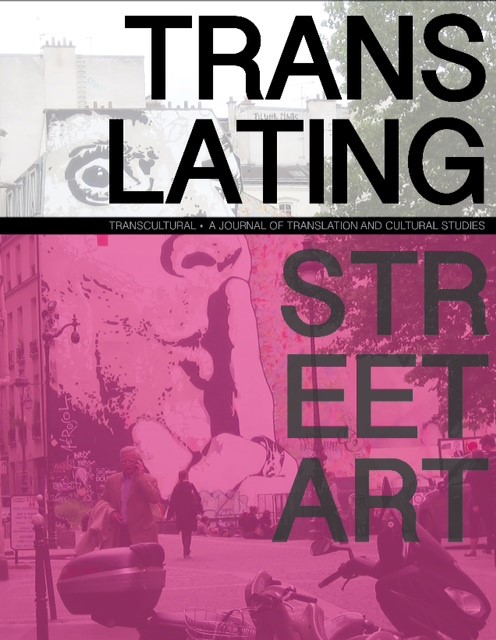"East Germany Lives!”: An Encounter with Rural Graffiti
DOI:
https://doi.org/10.21992/T9HP7GAbstract
This essay undertakes a provisional reading of spray-painted writing on a dilapidated rural bus shelter that I encountered while investigating cultural practices that evoke and invoke the East German past in contemporary Germany. The graffiti, which read “DDR lebt!” (“East Germany lives!”), appeared in large red letters and was accompanied by the shape of a heart. I propose interpretive possibilities for the themes to which the graffiti allude, acknowledging that I construct a translation that others may not share. The bus shelter with its adornment serves as entry point into interrogating how East Germany is remembered and historicized today. Drawing on Slavoj Žižek (2002) and Svetlana Boym (2001), I point to the limitations of applying the construct of nostalgia to practices that appear to appraise positively Germany’s socialist past. Alaida Assman’s (1996) use of the trace, Kevin Hetherington’s (2010) theorizing on the ruin, and Walter Benjamin’s dialectical image emerge as alternative possibilities for interrogating how individuals intervene in unconventional, unpredictable, and contradictory ways as they connect what has been to the present.Downloads
Downloads
Published
Issue
Section
License
Authors who publish with this journal agree to the following terms: a.Authors retain copyright and grant the journal right of first publication with the work simultaneously licensed under a Creative Commons Attribution License that allows others to share the work with an acknowledgement of the work's authorship and initial publication in this journal. b.Authors are able to enter into separate, additional contractual arrangements for the non-exclusive distribution of the journal's published version of the work (e.g., post it to an institutional repository or publish it in a book), with an acknowledgement of its initial publication in this journal. c.Authors are permitted and encouraged to post their work online (e.g., in institutional repositories or on their website) prior to and during the submission process, as it can lead to productive exchanges, as well as earlier and greater citation of published work (See The Effect of Open Access).



